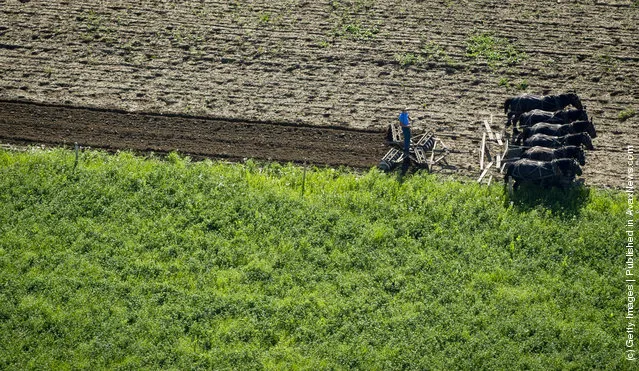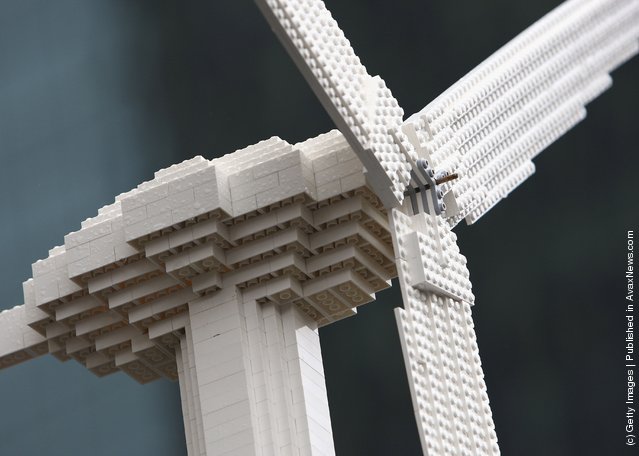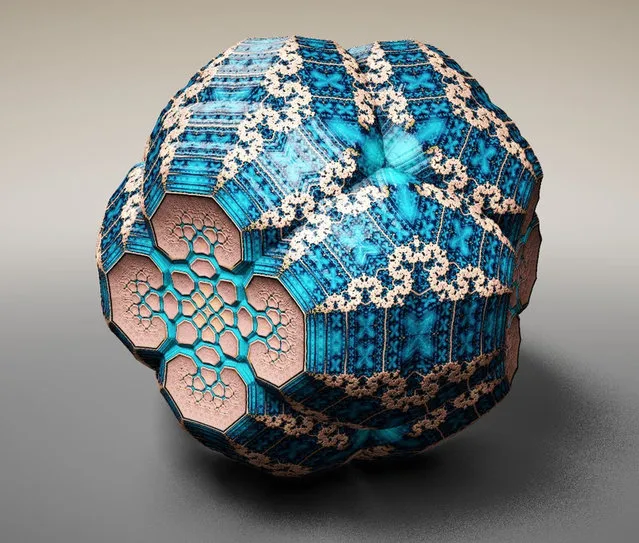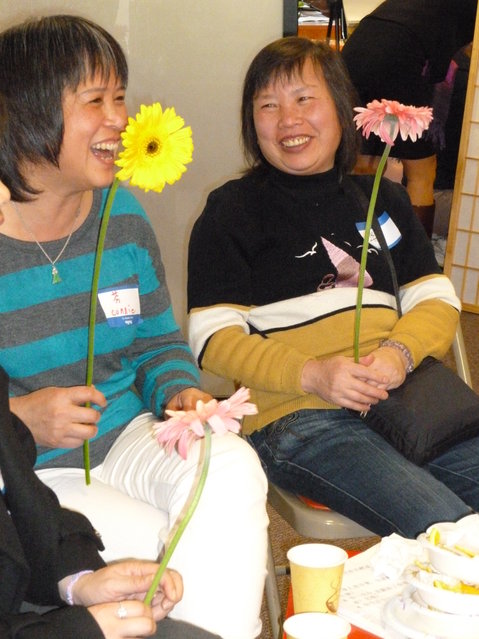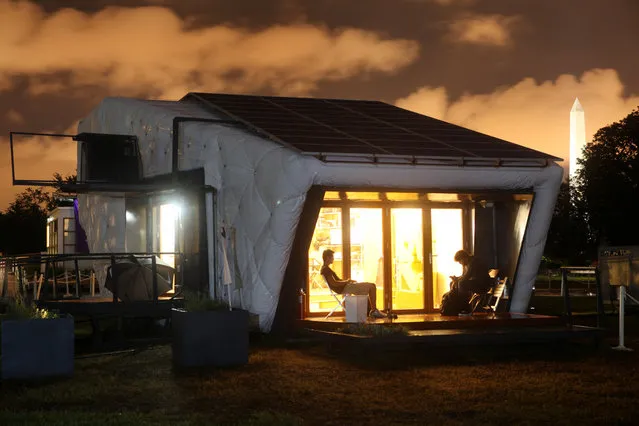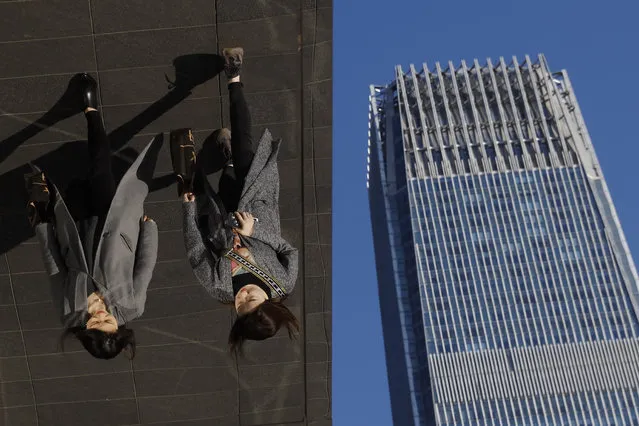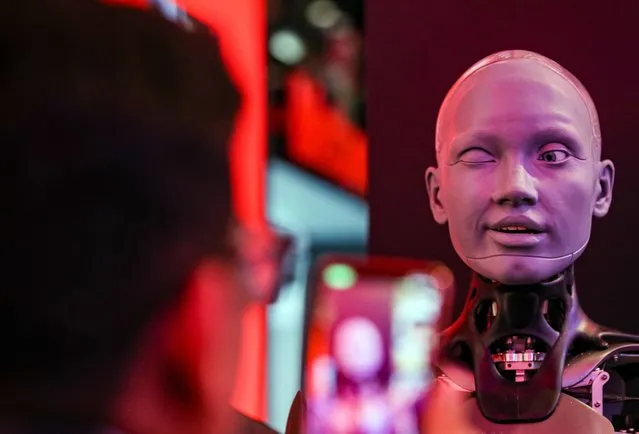
The world's most advanced humanoid shaped robot “Ameca” (R) gives a wink to visitor at Etisalat section at the Gulf Information Technology Exhibition (GITEX) Global 2022 in the Gulf emirate of Dubai, United Arab Emirates, 13 October 2022. The 42nd edition of the annual GITEX Global runs till 14 October 2022 and showcases around 5000 of IT companies from 90 countries. (Photo by Ali Haider/EPA/EFE)
23 Dec 2023 00:22:00,post received
0 comments


